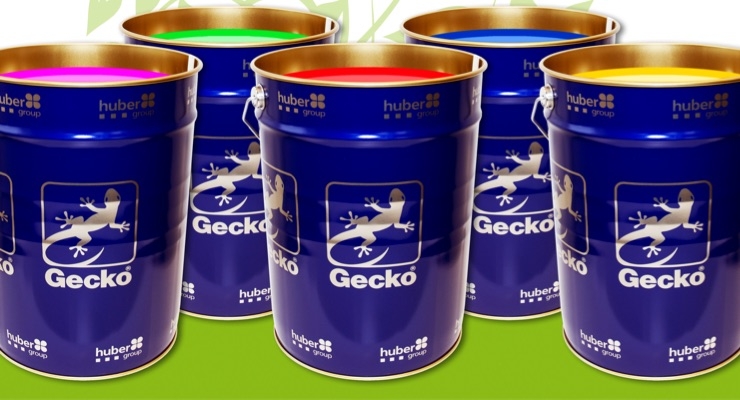Gravure
Rotogravure (or gravure for short) is a type of intaglio printing process, which involves engraving the image onto an image carrier. In gravure printing, the image is engraved onto a cylinder because, like offset printing and flexography, it uses a rotart printing process. Once a staple of newspaper photo features, the rotogravure process is still used for commercial printing of magazines, postcards, and corrugated (cardboard) and other product packaging.

1. Doctor blade
In gravure printing, the doctor blade is a steel strip used to remove ink from the outside surface of the gravure cylinder.
Although steel is preferred in most gravure applications, plastics are
occasionally used, usually in conjunction with a worn cylinder as a
means of prolonging its life. Steel doctor blades vary in thickness from
0.004 inch to 0.015 inch, and are manufactured with strict tolerances.
(Plastic blades can be as thick as 0.060 inch.) The most important
consideration in the manufacture of a doctor blade is straightness, so
as to ensure consistent scraping pressure across the width of the
gravure cylinder.
2. Gravure cylinder
The engraved image carrier used in gravure printing. Unlike letterpress or lithographic printing processes (which use raised and flat printing surfaces, respectively) gravure prints from cells or depressions etched in a metal cylinder which are filled with ink and transferred to the substrate.
3.Gravure Inks
Gravure inks are fluid inks with a very low viscosity that allows them to be drawn into the engraved cells in the cylinder then transferred onto the substrate. In order to dry the ink and drive off the solvents or water, which essentially replaces most of the solvent, the paper is run through Gas fired or electric fired driers. The ink will dry before the paper reaches the next printing station on the press. This is necessary because wet inks cannot be overprinted without smearing and smudging.
4. Web Fed Gravure
There are several types of web presses used in gravure printing, including publication presses, packaging presses, product presses, label presses, and folding carton presses. The printing process is basically the same regardless of which press is used.
No comments:
Post a Comment